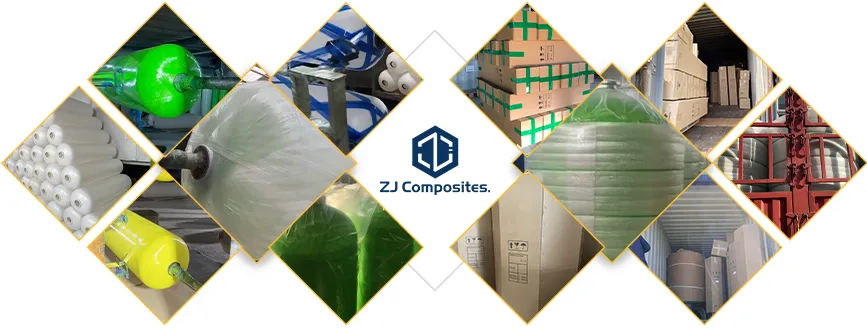loading...
- No. 9, Xingyuan South Street, Dongwaihuan Road, Zaoqiang County, Hengshui, Hebei, China
- admin@zjcomposites.com
- +86 15097380338
- Welcome to visit our website!
Exploring the Applications and Benefits of FRP Structural Sections in Modern Construction Projects
The Emergence of FRP Structural Sections in Modern Construction
Fiber Reinforced Polymer (FRP) structural sections have gained significant attention in the field of civil engineering and construction over the past few decades. As traditional building materials like steel and concrete face challenges such as corrosion, weight, and environmental impact, FRP presents a promising alternative. Utilizing advanced composite materials, FRP is revolutionizing how structures are designed, built, and maintained.
Understanding FRP
FRP is a composite material made by combining a polymer matrix with fibrous reinforcing materials such as glass, carbon, or aramid fibers. This combination enhances the physical and mechanical properties of the material, making it lightweight yet exceptionally strong. The inherent characteristics of FRP—such as resistance to corrosion and fatigue, high tensile strength, and low thermal conductivity—position it as an excellent choice for various structural applications.
Advantages of FRP Structural Sections
One of the most significant advantages of FRP structural sections is their corrosion resistance. Unlike steel, which can deteriorate when exposed to moisture and chemicals, FRP materials remain unaffected by environmental conditions, extending their lifespan and reducing maintenance costs. This property makes FRP particularly suitable for structures in harsh environments, such as bridges, marine applications, and chemical plants.
In addition to corrosion resistance, FRP is significantly lighter than traditional materials, contributing to easier handling and reduced transportation costs. The lower weight also results in less demand on foundations, leading to savings in construction costs. The ability to fabricate FRP sections in various shapes and sizes through advanced manufacturing processes further enhances design flexibility, allowing for innovative architectural designs that were previously difficult to achieve with conventional materials.
Another vital advantage is the high specific strength of FRP materials. This means that, even though they are lighter, they can support substantial loads, making them ideal for reinforcing existing structures or using in new constructions where weight is a critical factor. This characteristic enables engineers to explore designs that are both aesthetically pleasing and structurally sound.
frp structural sections

Applications of FRP Structural Sections
FRP structural sections are employed in a wide range of applications. One prominent area is in the construction of bridges. Researchers and engineers are increasingly recommending FRP as an alternative to traditional materials due to its longevity and low maintenance needs. Moreover, FRP has been used in the construction of roof trusses, beams, and columns in buildings, where reduced weight without compromising strength is paramount.
In addition, URP composites have found applications in retrofitting and strengthening existing structures. The use of FRP wraps or laminates on concrete columns and beams has proven effective in enhancing structural integrity, allowing older buildings to meet modern engineering standards without extensive reconstruction.
Challenges and Future Outlook
Despite their many advantages, FRP structural sections face challenges. The initial cost of FRP materials can be higher than traditional materials, which may deter some project managers. Additionally, the long-term performance data for FRP in some applications is still limited, necessitating ongoing research and development.
Looking forward, the future of FRP in construction is promising. As technology advances and production processes become more refined and cost-effective, the adoption of FRP is expected to increase. Innovative applications, such as in sustainable building practices and smart materials that monitor structural health, are also on the horizon.
In conclusion, FRP structural sections represent a significant advancement in construction technology. With their unique properties and advantages, they offer a robust alternative to traditional building materials, addressing many of the challenges faced in modern construction. As industries continue to innovate and integrate FRP into their practices, the potential for more resilient, efficient, and sustainable structures is boundless.
-
Why Choose a Galvanized Water Tank for Your Storage NeedsNewsMay.21,2025
-
The Strength and Durability of FRP GratingNewsMay.21,2025
-
The Importance of Water Treatment Systems for Clean and Safe WaterNewsMay.21,2025
-
The Advantages of FRP Rebar for Construction ProjectsNewsMay.21,2025
-
Say Goodbye to Hard Water with a Reliable Water SoftenerNewsMay.21,2025
-
Maximize Your Water Storage with a Sectional Water TankNewsMay.21,2025
-
The Power of Filter VesselsNewsMay.19,2025
